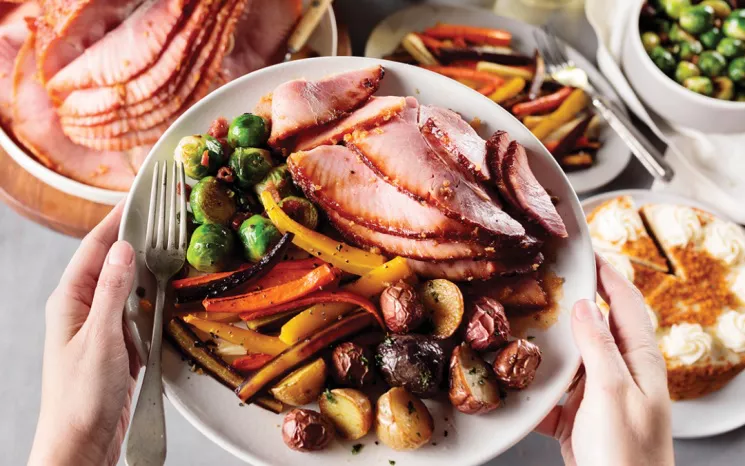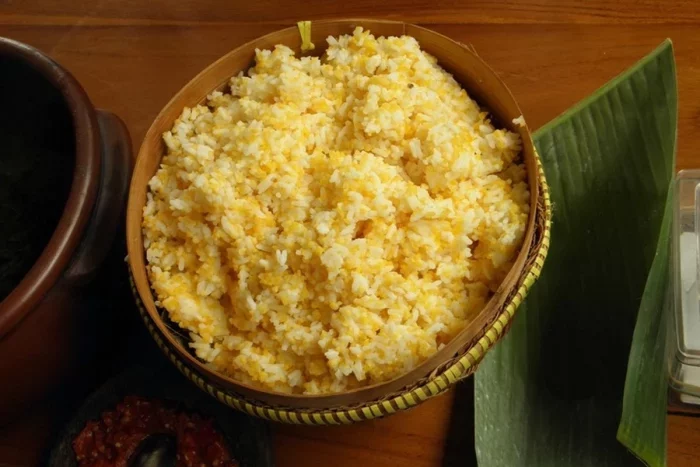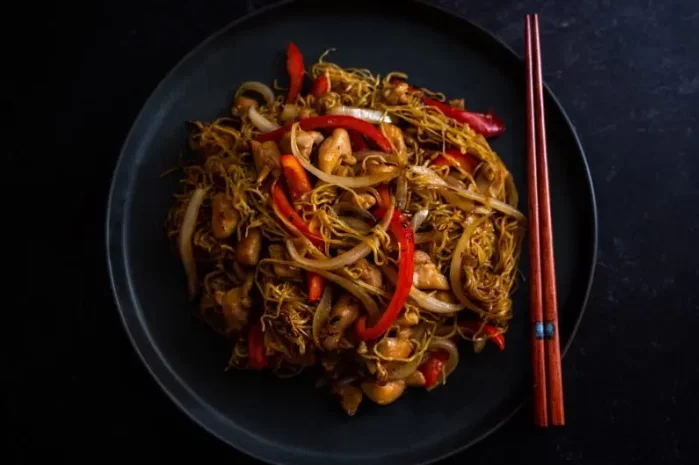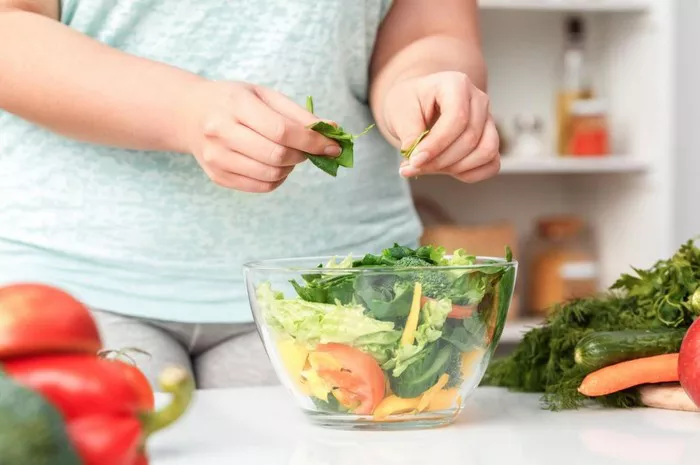Purple cabbage, with its vibrant hue and robust flavor, takes center stage in Chinese cuisine, offering a delightful and nutritious addition to a variety of dishes. Whether stir-fried, braised, or used in soups, purple cabbage brings a unique texture and color to the table. In this comprehensive guide, we will explore how to cook purple cabbage Chinese style, highlighting traditional techniques, flavor pairings, and creative culinary applications.
Choosing and Preparing Purple Cabbage:
The journey of cooking Chinese-style purple cabbage begins with selecting the freshest produce. Look for heads of purple cabbage that are firm, heavy for their size, and free from wilting or discoloration. Once you’ve chosen the perfect cabbage, remove any outer leaves that may be damaged or wilted. Rinse the cabbage thoroughly under cold water, pat it dry, and then slice it according to your recipe’s specifications. Whether shredded, chopped, or sliced into ribbons, preparing the cabbage correctly sets the foundation for a successful Chinese-style dish.
Stir-Frying Purple Cabbage:
Stir-frying is a quintessential Chinese cooking technique that suits purple cabbage exceptionally well. Begin by heating a wok or a large skillet over high heat. Add a small amount of cooking oil with a high smoke point, such as vegetable or peanut oil. Once the oil is hot, add the sliced purple cabbage and stir-fry quickly. The goal is to cook the cabbage until it’s tender-crisp, retaining its vibrant color and a bit of crunch. Season with soy sauce, garlic, and a touch of ginger for an authentic Chinese flavor profile. This simple stir-fry method allows the natural sweetness of purple cabbage to shine while absorbing the savory umami notes from the soy sauce.
Braised Purple Cabbage:
Braising purple cabbage is another popular Chinese cooking method that yields a comforting and flavorful dish. Begin by heating a bit of oil in a heavy-bottomed pot or a wok. Add aromatics like garlic and ginger, allowing their fragrance to infuse the oil. Next, add the sliced purple cabbage and cook briefly until it starts to soften. To enhance the flavor, pour in a braising liquid, such as a combination of broth, soy sauce, and a touch of sugar. Allow the purple cabbage to simmer gently until it becomes tender and absorbs the savory-sweet broth. This braising technique imparts depth to the cabbage, making it a delicious side dish or a component of heartier Chinese meals.
Purple Cabbage in Chinese Dumplings:
Chinese dumplings, known as “jiaozi” or “potstickers,” offer an innovative way to incorporate purple cabbage into your culinary repertoire. Create a filling by combining finely chopped purple cabbage with minced meat, such as pork or chicken, and seasonings like soy sauce, garlic, and green onions. The vibrant color of purple cabbage adds visual appeal to the dumpling filling. Encase the filling in dumpling wrappers, either store-bought or homemade, and steam, boil, or pan-fry the dumplings until cooked through. The combination of juicy meat and the slight crunch of purple cabbage makes these dumplings a flavorful and visually striking addition to your Chinese-style repertoire.
Purple Cabbage and Tofu Soup:
For a nutrient-packed Chinese-style soup, consider combining purple cabbage with tofu. Begin by preparing a fragrant broth using ingredients like ginger, garlic, and vegetable or chicken stock. Add bite-sized cubes of firm tofu and thinly sliced purple cabbage to the simmering broth. Season the soup with soy sauce, a touch of sesame oil, and salt to taste. The result is a wholesome and satisfying soup that showcases the tender texture of purple cabbage alongside the creamy richness of tofu. This soup can be enjoyed as a light meal or as part of a larger Chinese feast.
Purple Cabbage Salad with Chinese-Inspired Dressing:
Elevate the freshness of purple cabbage by creating a vibrant Chinese-inspired salad. Shred the cabbage finely and combine it with other crisp vegetables like carrots, bell peppers, and cucumber. To infuse the salad with Chinese flavors, prepare a dressing using ingredients such as soy sauce, rice vinegar, sesame oil, and a hint of honey or sugar for sweetness. Toss the salad with the dressing just before serving, ensuring that the cabbage retains its crispness. This Chinese-inspired purple cabbage salad adds a refreshing and colorful element to your meal, making it an excellent side dish or a standalone light lunch.
Pickled Purple Cabbage:
In Chinese cuisine, pickled vegetables are often used as a tangy condiment to complement rich and savory dishes. Pickling purple cabbage is a straightforward process that imparts a delightful acidity to the cabbage. Begin by slicing the purple cabbage thinly and placing it in a clean, sterilized jar. Create a pickling solution using rice vinegar, sugar, and salt, adjusting the proportions to achieve a balance of sweetness and acidity. Pour the pickling solution over the cabbage, ensuring that it’s fully submerged. Allow the pickled purple cabbage to marinate in the refrigerator for a few hours or overnight before serving. This tangy condiment adds a burst of flavor to Chinese dishes, acting as a palate-cleansing accompaniment.
Combining Purple Cabbage with Traditional Chinese Flavors:
Chinese cuisine is known for its distinctive flavors, often characterized by the balance of sweet, salty, sour, and umami notes. When cooking with purple cabbage in a Chinese style, consider incorporating traditional Chinese ingredients and seasonings to enhance the overall flavor profile. Soy sauce, ginger, garlic, and green onions are staples in Chinese cooking that complement the natural sweetness and crunch of purple cabbage. Experiment with additional elements such as oyster sauce, hoisin sauce, or Chinese five-spice powder to add complexity and depth to your dishes.
Culinary Techniques for Retaining Purple Cabbage’s Vibrant Color:
One of the standout features of purple cabbage is its vibrant color, which can add visual appeal to your Chinese-style dishes. To retain the cabbage’s stunning hue during cooking, consider a few culinary techniques. When stir-frying, cook the purple cabbage quickly over high heat to minimize color loss. Similarly, when braising, add the cabbage towards the end of the cooking process to preserve its vibrancy. These techniques ensure that your Chinese-style dishes not only taste delightful but also captivate the eyes with the striking visual allure of purple cabbage.
Pairing Purple Cabbage with Chinese Staples:
Purple cabbage can be seamlessly integrated into a variety of Chinese dishes, pairing well with staples like rice, noodles, and various proteins. Consider serving stir-fried purple cabbage alongside steamed rice as a simple and wholesome side dish. Alternatively, incorporate it into noodle stir-fries for added color and crunch. Purple cabbage also pairs exceptionally well with proteins such as chicken, pork, or tofu, allowing you to create a balanced and flavorful Chinese-style meal.
Conclusion:
In conclusion, cooking purple cabbage Chinese style opens the door to a myriad of culinary possibilities, showcasing the versatility and vibrant qualities of this cruciferous vegetable. Whether stir-fried, braised, incorporated into dumplings, or featured in a refreshing salad, purple cabbage brings a unique texture and color to Chinese dishes. By exploring traditional techniques, flavor pairings, and creative applications, you can master the art of cooking purple cabbage in a Chinese style, adding a delightful and nutritious element to your culinary repertoire.
























